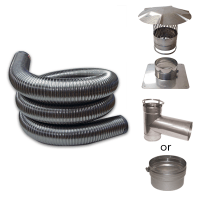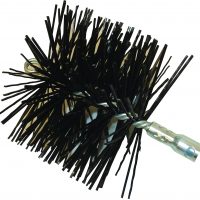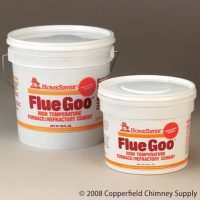Author: Aldene Fredenburg
The recent spikes in oil and natural gas prices have put the topic of alternative fuels for home heating at the forefront of discussions around the country. Alternative fuels that in the past were seen as marginal, odd, or strictly for rural use are getting a second look.
Wood heat has been used for generations in the rural U.S., but has been replaced in the past fifty years or so by central heating provided by oil- or gas-fired furnaces. However, in recent years, wood stoves have been making a comeback. Attractive stoves by Jotul and other manufacturers have taken their place in communal living areas like kitchens and living rooms to supplement heating while providing a cozy ambiance to the rooms. Wood furnaces, both internal and external and in many new designs based on the latest technology, provide the ability to load the furnace so as to provide hours of central heating before needing re-stoking. An advantage of burning wood, at least in rural areas, is that it can be locally obtained; people with a wood lot can get it with “sweat equity”, and can supplement their income by supplying their neighbors as well.
New plant-based fuels like wood pellets and corn pellets can also provide heat when used in specially designed, clean-burning furnaces and stoves. In addition, more and more people are taking a new look at biodiesel, a fuel manufactured from vegetable oils, primarily soybean oil. Most furnaces can use B20, a fuel made of 80 percent traditional heating oil and 20 percent biodiesel, without any adjustments; some people are getting their furnaces adapted to be able to burn B100, a fuel made entirely of vegetable oils. The biodiesel burns much cleaner than traditional heating oil, but has its own problems (for one thing, biodiesel tends to cause rubber gaskets to erode), so be sure to check with your furnace servicer or manufacturer before you opt for B100.
If you choose to use B100, and your furnace will handle it, you have a couple of options. B100 is becoming more available around the country; check on the Internet to find a supplier near you. Also, waste oil – that is, used vegetable oil discarded by restaurants – can be filtered and used in some furnaces. Several furnaces on the market are designed to burn waste oil. Commercially manufactured B100 has an additive that keeps it liquid at low temperatures, which recycled vegetable doesn’t contain, so do your research – and check again with your furnace servicer – before you attempt burning used vegetable oil.
We’re facing a new world with lots of challenges in terms of how to heat our homes, especially in colder winter climates. Luckily there are technologies like wood gasification and biodeisel, available today which can help us move away from our decades-old dependence on fossil fuels.
Aldene Fredenburg is a freelance writer living in southwestern New Hampshire and frequently contributes to Tips and Topics. She has published numerous articles in local and regional publications on a wide range of topics, including business, education, the arts, and local events. Her feature articles include an interview with independent documentary filmmaker Ken Burns and a feature on prisoners at the New Hampshire State Prison in Concord. She may be reached at [email protected]






